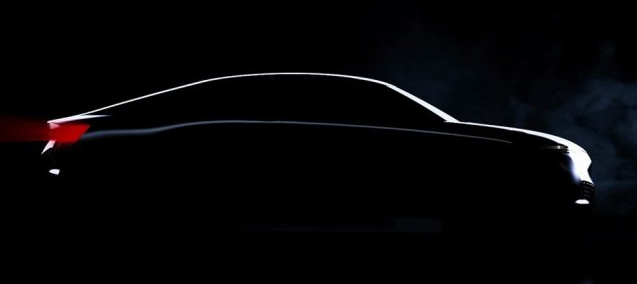Supercar or Hypercar. Which is It?
October 10, 2018
There are many terms used to describe high performance automobiles. But, terms such as “supercar” and “hypercar” are often used interchangeably. In fact, they are two different types of vehicles. These days there are more than just a few brands making high-performance, high-design cars. And, with the rise of car blogging, where anybody can say anything on the internet, it seems that many cars are labeled “supercar” and “hypercar” that do not really deserve it. Do you know the difference?
Supercar
Supercars – hundreds of horsepower, million dollar price tags, lap times that make most race cars blush?! Per Wikipedia, a supercar is a term used in marketing by automakers for unusual and expensive vehicles, such as:
- Limited-production specials from an “elite” automaker.
- Standard-looking cars modified for power and performance.
- Models from smaller manufacturers that appeal to enthusiasts.
As for the car enthusiasts, there are many widely disputed definitions for supercar. Some say that a car can be termed “supercar” if it can accelerate faster and is more expensive than 98% of the other vehicles manufactured in the same year. Other enthusiasts believe supercars must also be judged on body styles.
Basically, supercars can be best defined with their most common characteristics: performance, technology, design and price. They do not need to hold elevated status in all four characteristics to qualify, and most often performance is then used as the ultimate yardstick.
Hypercar
A hypercar is a more advanced version of a supercar. Hypercars represent the forefront of engineering and extreme design. All hypercars are super cars, but, not all supercars are hypercars. Only the top 1% of supercars quality as hypercars. With more supercars becoming more advanced and better performing, qualifications for official hypercar status have become more stringent.
Amory Lovins, founder and chief scientist of the Rocky Mountain Institute (RMI), coined the name “hypercar” to describe his concept for a spacious, SUV-like vehicle that delivered astonishing fuel economy without making any of the compromises people typically attach to “economy” cars. RMI’s hypercar vision first entered the public arena in the 1990s. A firm, Hypercar Inc., spun-off from the RMI research to run with the concept. Today Hypercar Inc. is called FiberForge.
Hypercars must be able to travel 100 miles (160.9 kilometers) or more on the energy equivalent of a gallon (3.8 liters) of gasoline. For electric energy fans, that is the same as 100 miles (160.9 kilometers) for every 33.7 kilowatt hours of energy. To put that in perspective, we are talking about the amount of power it would take to keep a 100-watt light bulb lit 10 hours a day (1-kilowatt, or kWh), for a month.
The less a vehicle weights, the less energy it requires to move a given distance. So, it makes since that hyper cars are also, light weight. The less energy it has to put out, the smaller (and lighter) its different components can be. While a big brake kit might be appealing to some sitting beneath a set of 20-inch wheels on a tricked out regular car, a hypercar would not need the oversized stoppers.
Smaller, lighter components plus the use of light weight construction materials such as carbon fiber help give hypercars their amazing range. The remaining characteristic is to put all of these techniques and technologies into a system that allows for rapid, profitable mass production.
Conclusion
It is an exciting time to be in automotive manufacturing. There are diverse groups of companies attempting to build production-capable hypercars. Their work is expanding the automotive body of knowledge and its role in society. This large number of unconventional thinkers are helping to expand the concept of what a car can be.
